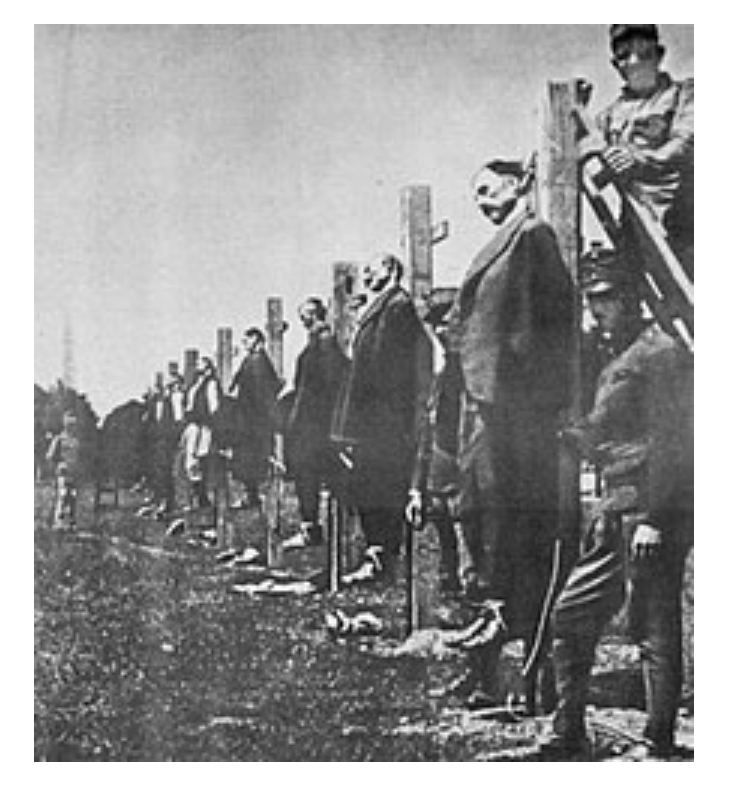
Until 1858, the procedure of hanging was not regulated by any law or decree. How the hanging was carried out depended solely on local circumstances and decisions made by local officials in charge. No special apparatus (gallows) was used for hangings.
The hanging rope would most often be tied to a tree branch and the victim would either be hoisted up or placed on an improvised platform which would then be kicked out from under his feet.
There were no professional or official hangmen. This work was usually done by policemen or by men who served as servants and/or bodyguards to local dignitaries in charge of executions.
From 1858 to 1930 there were no hangings in Serbia, as the only legal method of execution in this period was shooting.
When the Yugoslav Kingdom was created in 1918, its Western provinces (today’s Croatia, Slovenia and Bosnia and Herzegovina) retained Austrian laws, under which death sentences were executed by hanging, performed by a professional hangman, who was employed as a civil servant.
In the Eastern provinces (Serbia, including Kosovo and Vojvodina, and Montenegro), shooting remained the sole method of execution.
In 1929, a unified Penal Code was adopted for the whole country. Under this Code, which came into force in 1930 (in Serbia in 1931, and in Kosovo and Macedonia even later), hanging was the only method of execution.
Accordingly, from 1931 to 1941, shootings were abolished for the first (and only) time in Serbian history. Hangings were performed in the manner customary in Austria since the 19th century.
The apparatus used for the purpose is known as the „Austrian gallows“. It consisted of a single wooden post with a metal hook at the top to which a rope noose was attached. In the back of the post there was a small platform for the executioner to stand on.
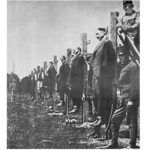
The prisoner was placed on a wooden box with back to the post. The executioner would then put the noose around the prisoner’s neck from behind and cover his face with a piece of cloth. At the executioner’s signal, this assistants would kick the box from under the prisoner’s feet and pull the body downwards by the legs.
The weight of the body tightened the noose and caused death, often only after ten or more minutes of agony.
„Austrian gallows“
Hangings were performed intra muros (literally: „within walls“), i.e. in a space not accessible to the general public, usually in the yard of a courthouse or a prisons. The presence of a judicial commission, which included a doctor and a priest, was mandatory.
In addition, the following had a right to witness the execution: two representatives of the local community; the prisoner’s closest relatives and his defence counsel; local judicial and police officials. However, „if the space allows“, „honourable male citizens“ who apply may be given permission to attend the execution.
In reality, such passes were often issued very liberally and many ordinary people managed to slip in without a pass. When the celebrated brigand Čaruga was executed in Osijek in 1925, a crowd of over 3,000 men, women and children gathered in the yard of the District court to watch the hanging.
If several persons were sentenced to death by the same judgment, they were hanged in the order specified in the judgment, but so that each cannot witness the execution of the others.
The judgment is not read publicly before the hanging, but copies of it are printed and distributed to the spectators. The body of an executed person was to be buried at night and in secret, but may be given to the family upon request, provided that the burial in the local cemetery is performed without any pomp.
Hanging in Zagreb, 1929
From 1944 do 1959, the two legal methods of execution in all of Yugoslavia were shooting and hanging, as specified in the court sentence in each individual case.
In practice, hangings were much less frequent than shootings, and were completely abandoned in the mid-1950s. Until 1947, hangings (as well as shootings) could be public, especially for major war criminals. The proceedings were not regulated in any way.
The gallows were improvised, most often in the form of two vertical poles connected at the top by a bar, to which the rope was tied. The prisoner was placed on a chair or other improvised platform, which would be kicked out from under his feet. The falling body tightened the noose with its weight and caused death by affixation.
There were no professional hangmen, but some soldiers and policemen were specialized to a degree by being ordered to perform several executions by hanging.
We hope that you have enjoyed reading our blog on the world history and facts. If you enjoy this blog please let us know in the comments below. If you are interested in history, we recommend you check out our other blogs here on the world history and facts. Thank you for reading.




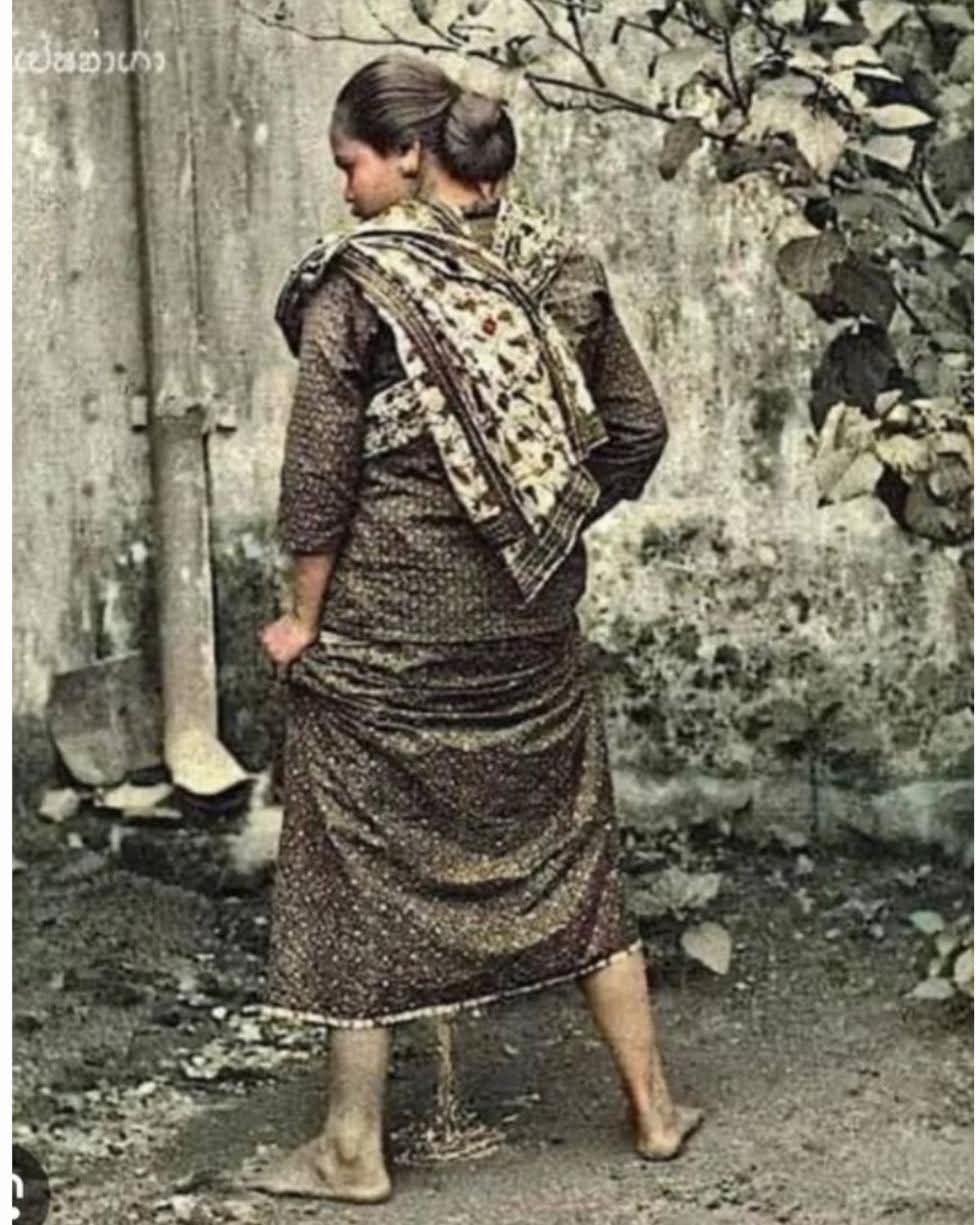


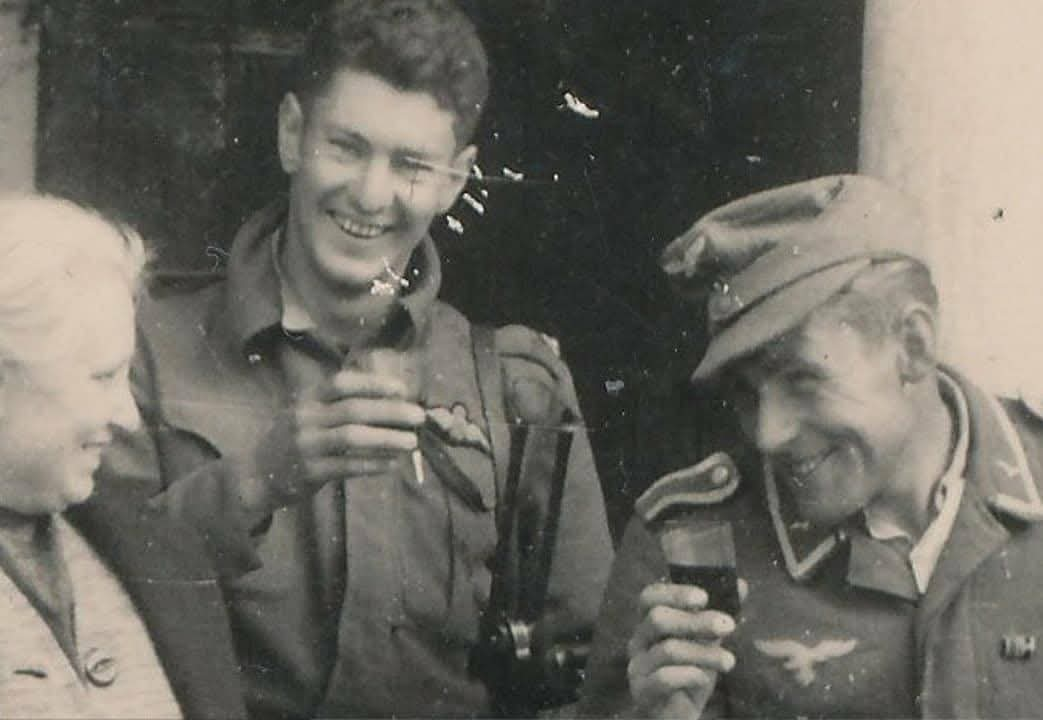
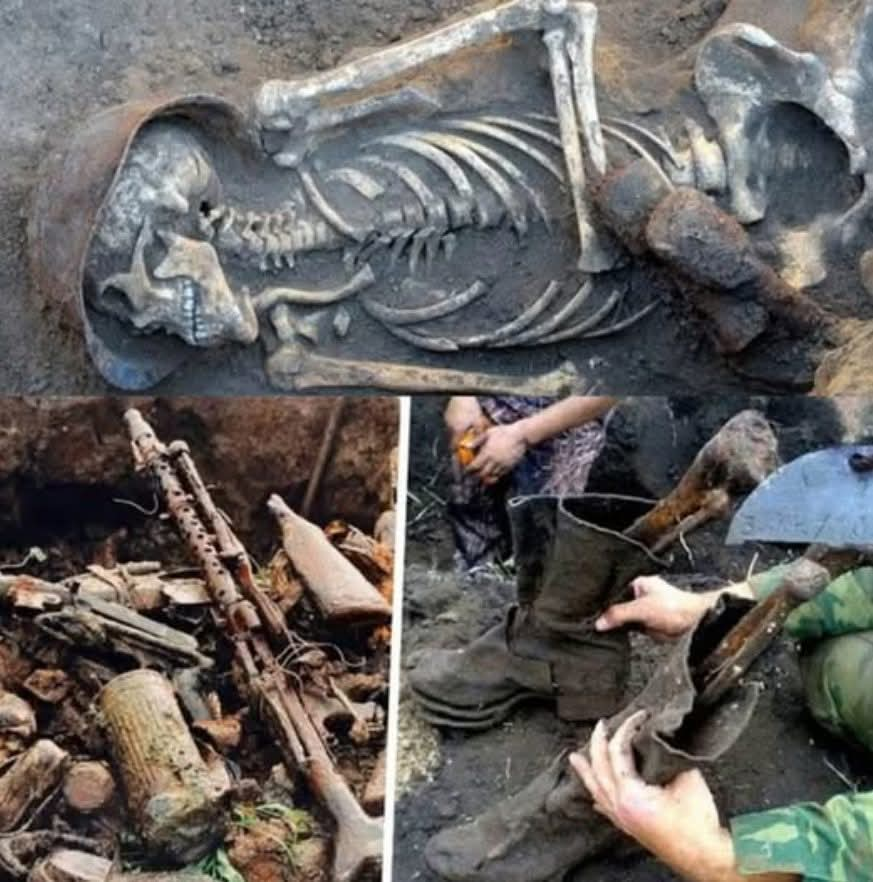

Leave a Reply